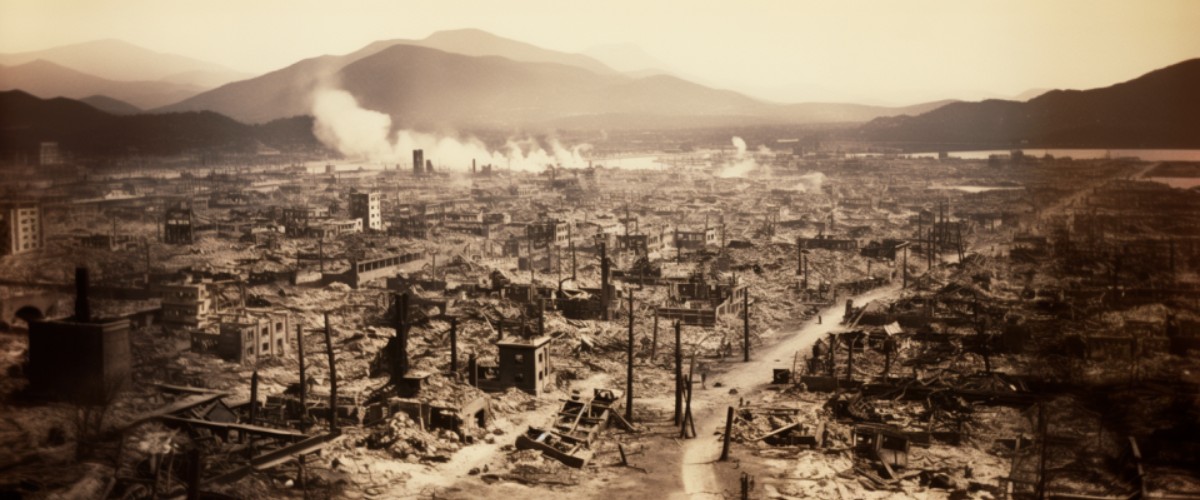A haunting epoch in human history, the atomic bombings of Hiroshima and Nagasaki in 1945 unfolded a devastating chapter that reflected the culmination of war-time technological advancements and strategic decisions, causing unparalleled destruction and impacting global geopolitics profoundly.
Background
Preceding Factors
- The Potsdam Declaration: Allied powers demanded Japan’s unconditional surrender, which was refused by Japan.
- Manhattan Project: A secret U.S. project aiming to develop atomic weapons, achieving success in 1945.
Key Personalities
- Harry S. Truman: The U.S. President who ordered the bombings.
- J. Robert Oppenheimer: The lead scientist behind the Manhattan Project.
Major Happenings
- Hiroshima:
- Date: 6th August 1945
- Bomb: “Little Boy,” a uranium gun-type bomb.
- Immediate Impact: Approximately 70,000 people died instantly.
- Nagasaki:
- Date: 9th August 1945
- Bomb: “Fat Man,” a plutonium implosion-type bomb.
- Immediate Impact: Roughly 40,000 people perished instantly.
Immediate Outcomes
Destruction and Despair
- Physical Damage: Both cities were substantially decimated.
- Human Suffering: Immediate and eventual deaths tallied in hundreds of thousands.
Societal and Global Ramifications
- Japan’s Surrender: On 15th August 1945, Japan announced its surrender, effectively ending World War II.
- The Start of the Nuclear Age: The bombings showcased the devastating power of nuclear weapons, prompting a global arms race.
Long-term Impact
Global Nuclear Deterrence
- The Cold War: The U.S. and USSR, both nuclear-armed, entered a period of tension and arms race without direct military conflict, partially due to the fear of nuclear retaliation.
Health and Environmental Catastrophe
- Genetic mutations and Illness: Survivors (Hibakusha) and subsequent generations faced grave health issues and genetic abnormalities.
- Environmental Aftermath: The bombings impacted ecosystems, with radiation causing long-term environmental damage.
Ethical and Political Dialogues
- Moral Questions: Debates about the ethical ramifications of using such destructive weapons continue.
- Anti-nuclear Movements: The horrors of Hiroshima and Nagasaki fuelled global anti-nuclear weapons movements.
Conclusion
The atomic bombings of Hiroshima and Nagasaki linger as sombre reminders of wartime devastation and the perils of nuclear weaponry. Serving as both historical warning and testimony, the tragic events continue to fuel discussions on war ethics, nuclear disarmament, and peace-building efforts. The shadows of these bombings stretch out to touch our contemporary era, where nations grapple with the paradox of nuclear deterrence amidst advocating for peace and stability. The stories from Hiroshima and Nagasaki underline a fervent hope that such a tragedy is never repeated, guiding humanity towards a future that navigates away from the brink of such cataclysmic destruction.








